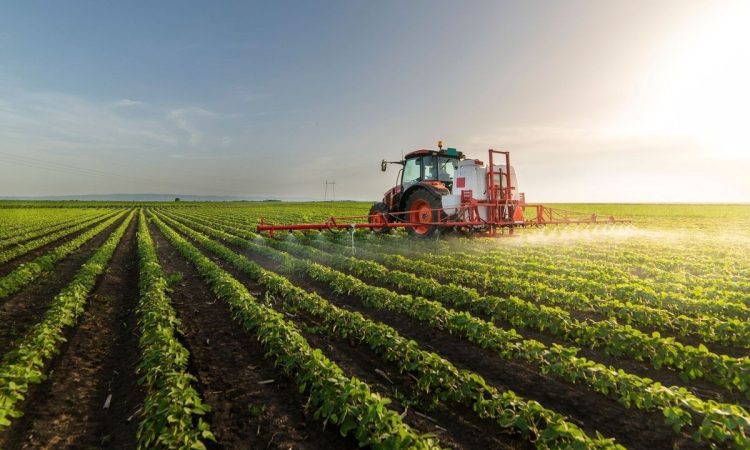
Navigating the journey of buying farm land involves more than just securing a loan. Prospective buyers must also understand property taxes and additional costs linked to their purchase. United Farm Mortgage excels in guiding you through these complexities, ensuring you’re well-informed about every aspect.
From evaluating how property taxes will impact your budget to identifying hidden expenses, we provide the expertise needed for making an informed decision. Our tailored farm loans cater specifically to your needs, offering financial solutions that empower you to invest wisely in agricultural real estate.
Navigating Farm Land Loan Options
When you’re looking to buy farm land, understanding your loan options is critical. First, consider the down payment; it often ranges from 20% to 30%, affecting your borrowing amount and interest rate. Interest rates can vary widely based on the lender and loan type, so shop around.
Some loans are specifically designed for new farmers with more favorable terms, including lower down payments or subsidized interest rates. Also crucial is knowing about government programs that offer financial aid or guarantees for agricultural loans – these can be a lifeline for qualifying buyers. Keep in mind that lenders typically require detailed plans of how you’ll use the land profitably, which means having a solid business plan ready.
Lastly, securing a loan for buying farm land isn’t just about finding money to purchase property. It’s about investing wisely in your farming future by choosing terms that match your long-term goals and current capabilities.
Decoding Property Taxes on Farmland
Property taxes on farmland are a crucial expense for farmers, now costing around $19 billion annually. This figure is rising due to several factors including increased property values spurred by more people moving to rural areas since 2020 and the rise of remote work. States like Montana have seen tax increases as high as 46 percent in one year alone.
When property values go up, so do taxes because they’re directly linked. Compounding this issue is inflation, prompting many states to also increase their tax rates. Farmers face added pressure when land values peak while incomes might be falling—this can suddenly hike their property taxes at the worst times.
To combat these challenges, there are strategies like farm tax planning and specific exemptions aimed at reducing the overall burden. Examples include homestead exemptions, Section 179 deductions, and soil testing deductions. Understanding these mechanisms can help manage the impact of surging property taxes in agriculture-intensive regions effectively.
Evaluating Additional Costs of Owning Farmland
When buying farmland, upfront costs include a down payment and closing fees. Usually, you’ll need at least 20% of the purchase price for the down payment. Your credit score might affect this rate though.
Closing costs can eat up another 2-5%, covering legal expenses and taxes necessary to finalize the sale. Don’t forget about property tax; it varies by location but expect between 0.25% –1 % of your land’s value annually. Financing isn’t cheap either—consider both interest rates over time plus monthly payments if taking out a loan to cover part or all of these initial expenditures.
Sure, owning land comes with potential for appreciation, offering long-term gains beyond just having tangible assets. Next come appraisal and title fees worth weighing carefully against your budget constraints. An appraisal confirms fair market value, whereas title insurance safeguards future disputes, yet each adds more cost up front in what’s already an expensive venture.
Remember, non-financial factors play big roles. Environmental impact assessments and understanding zoning laws are crucial before sealing any deal.



